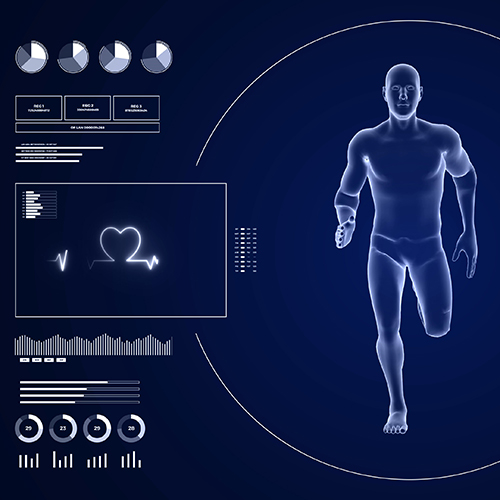A new study by researchers at The University of Manchester suggests that the current statistical model used by GPs to predict a patient’s risk of developing cardiovascular disease (CVD) could be producing misleading results.
The research was published in the open-access journal Scientific Reports.
“Clinicians often use risk scores to predict a patient’s risk of developing a disease in the future,” says Professor Tjeerd Van Staa, lead researcher on the study, “An example is QRISK3, which is being used currently by GPs in England to decide whether to start treatment with a statin based on the predicted risk of CVD. The threshold is a risk of 10% as recommended by the National Institute for Health and Care Excellence.”
The QRISK3 model is based on routinely collected data from patients’ electronic health records (EHRs). Using this data set and information about the patient – such as their body mass index (BMI), their blood pressure, and where they live – QRISK calculates the risk of developing CVD in the next 10 years.
The main finding of the paper is that QRISK does not fully capture the variability between patients and medical practices, which leads to uncertainty in predicting individual CVD risk. Part of the problem is that each practice has its own way of recording EHRs, due to differences in computer systems and clinical coding.
This means that the quality of data from different practices can vary, and this affects patients’ QRISK scores. As Prof Van Staa and other researchers in the study explain: “A patient with a predicted risk of 10% of developing CVD in the next 10 years could have a risk between 7.2% and 13.7%, depending on which practice they came from.”
To investigate the accuracy of this calculation, the researchers used anonymized data from 3.6 million patients across 392 practices, available from the Clinical Practice Research Datalink (CPRD).
Another issue is that, while the QRISK calculation does use individual patient data such as blood pressure or family medical history, it doesn’t capture enough information on an individual level. As such, other factors, such as genetics or a detailed and personal life style, are not currently considered by the model. According to Prof Van Staa and other researchers in this study, all of this missed data “may mean that a patient may have a much lower risk than predicted by QRISK3 (and may not require the statin) or may have a much higher risk than predicted (and not getting treated with a statin).”
The researchers are careful to note that this doesn’t mean that the QRISK model itself is flawed, however, but its application on an individual level is. The paper points out that “Risk prediction models based on routinely collected health data perform well for populations but with great uncertainty for individuals. Clinicians and patients need to understand this uncertainty.”







